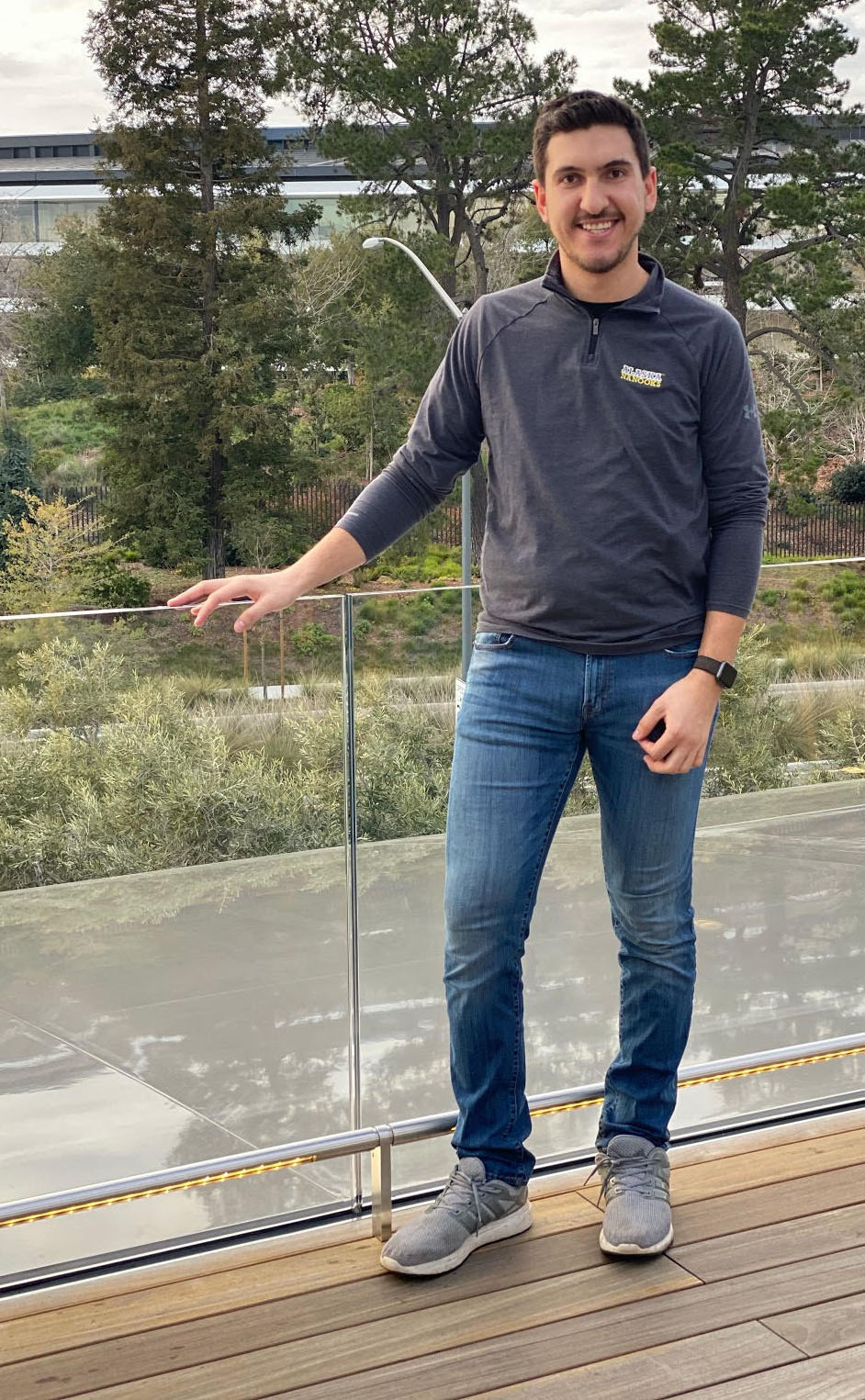Intern Helps GVEA Navigate Technologies to meet CO2 Reduction

The idea of reducing carbon dioxide output is currently garnering the most attention it has seen in decades. The need and desire to reduce carbon output, promote green energy and keep our power production stable has never been as important as it is now. ACEP is participating in these efforts alongside power producer Golden Valley Electric Association. The Carbon Reduction Goal adopted by the GVEA board calls for looking into various approaches, costs, and resources needed to reduce electric production CO2 emissions by 26 percent in only 10 years.
Christian Seekins, a UAF senior studying electrical/computer engineering with minors in applied business and mathematics, is part of the ACEP carbon reduction study team tasked with researching, analyzing and modeling a diverse number of technologies that can potentially be used in order to reach the 10-year goal of CO2 reduction.
“I will primarily be looking into residential battery energy storage, along with electric vehicle energy storage that can be coupled with vehicle-to-grid technology,” Seekins said. “Working with ACEP is a great opportunity that allows me to gain experience outside of the classroom in order to be a sharper engineer.”
Working with economist Steve Colt, Seekins will be providing feedback on technologies that will affect both the grid and overall CO2 output. For more information on this project, contact Steve Colt at sgcolt@alaska.edu.
Seekins' internship is a part of the ACEP Utility Student Internship program and is funded through the ARCTIC Program, an initiative of the Office of Naval Research.
Chris Seekins is an intern working with ACEP’s Golden Valley Electric Association carbon reduction study. Photo courtesy of Chris Seekins.



